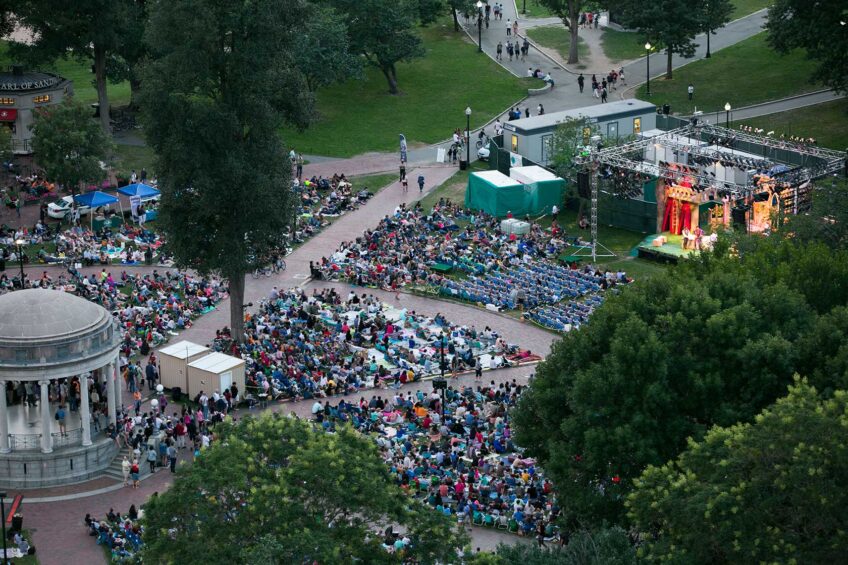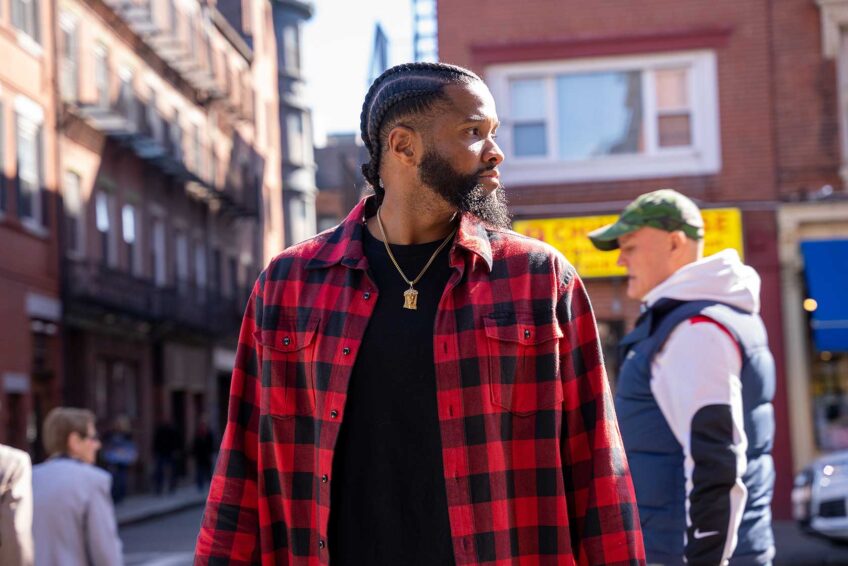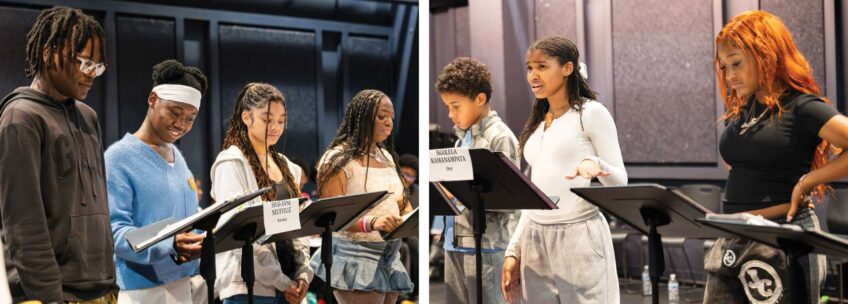Boston’s Museum of African American History exhibit highlights role of blacks in ending slavery
at the 150th anniversary of the Emancipation Proclamation, Boston’s Museum of African American History is hosting lectures on the momentous events of 1863, shedding new light on the critical role blac
War was in the air in the 1860s, and nowhere were black people more ready to take up arms against the slave states in the South than in Boston.
Here in the cradle of liberty, black anti-slavery activists worked with white abolitionists, lobbying President Lincoln to ban slavery and allow black troops to fight in the war. Then, in 1863, their efforts bore fruit — in January, with Lincoln’s signing of the Emancipation Proclamation outlawing slavery in the rebel states, and in March, with the creation of the Massachusetts 54th Regiment, the first black regiment to fight in the Civil War.
Through the efforts of the abolitionists, more than 200,000 black troops fought for the end of slavery.
Now, at the 150th anniversary of the Emancipation Proclamation, Boston’s Museum of African American History is hosting lectures on the momentous events of 1863, shedding new light on the critical role blacks played in the fight to end slavery.
“There was a movement of black and white people who were trying to end slavery,” says Beverly Morgan-Welch, executive director of the museum. “We wanted to tell that story. We thought it was extremely important that we create an exhibit that would allow people to see how these events developed over time.”
The museum has a year’s worth of events planned to commemorate the abolitionists’ struggle, including a Freedom Rising forum that begins tonight with a lecture by Historian Eric Foner and culminates Saturday at the Tremont Temple with a forum that includes actor and activist Danny Glover, Harvard University Professor Henry Louis Gates and author Edwidge Dandicat.
The Tremont Temple venue is particularly significant for the abolitionist movement. Morgan-Welch notes that 150 years ago, on the eve of Lincoln’s signing of the Emancipation Proclamation, 3,000 abolitionists led by Frederick Douglass gathered there, while another 3,000 gathered at the Boston Music Hall to celebrate with author Harriet Beecher Stowe.
“Most of the people at the Tremont Temple were black,” she says. “It’s a powerful story of the organization, tenacity and determination of the abolitionists.”
The point of the exhibit and discussions, Morgan-Welch says, is to show that the story did not begin in 1863 with the Emancipation Proclamation or the establishment of the 54th Regiment, but in the activism and advocacy of the years leading up to then.
Events as far back as the Haitian Revolution, which ran from 1791 to 1804, inspired blacks in the United States to struggle against slavery. And radical Bostonian abolitionist David Walker, who published his groundbreaking “Appeal to the Coloured Citizens of the World” that urged blacks to take up arms against slavery, certainly helped radicalize the abolitionist movement.
In 1859, white abolitionist John Brown launched his unsuccessful attempt to arm black slaves to fight for their freedom. While Brown was hanged for his raid on the armory at Harper’s Ferry, his commitment to the fight for freedom inspired many in the abolitionist movement.
Welch-Morgan says understanding the historical context puts the events of 1863 in perspective.
“When war broke out, people were saying, ‘we want in,’” she says. “Abolitionists petitioned Governor John Andrews to convince the Secretary of War and the President for blacks to be in the war. And he did. In January, he was with Secretary of War [Edwin M.] Stanton in Washington signing orders. He inserted into the margin a separate order for a colored regiment.”
Morgan says the exhibit also focuses on how the movement for freedom extended through the war and the decades that followed. Black soldiers and their white officers struggled for years to have black soldiers receive the same rate of pay as their white counterparts. Black soldiers protested and refused their wages, and they eventually won.
The museum’s exhibit and the Freedom Rising forum reflect a growing recognition among scholars of the central role black and white activists played in pushing President Lincoln and others political leaders to allow blacks to participate in the struggle for emancipation.
“People are really beginning to understand the agency and primacy of blacks in the emancipation movement,” Morgan-Welch says. “Every day historians are finding out new things and interpreting them in different ways.”
For more information on the Freedom Rising conference, visit freedomrising2013.com.







